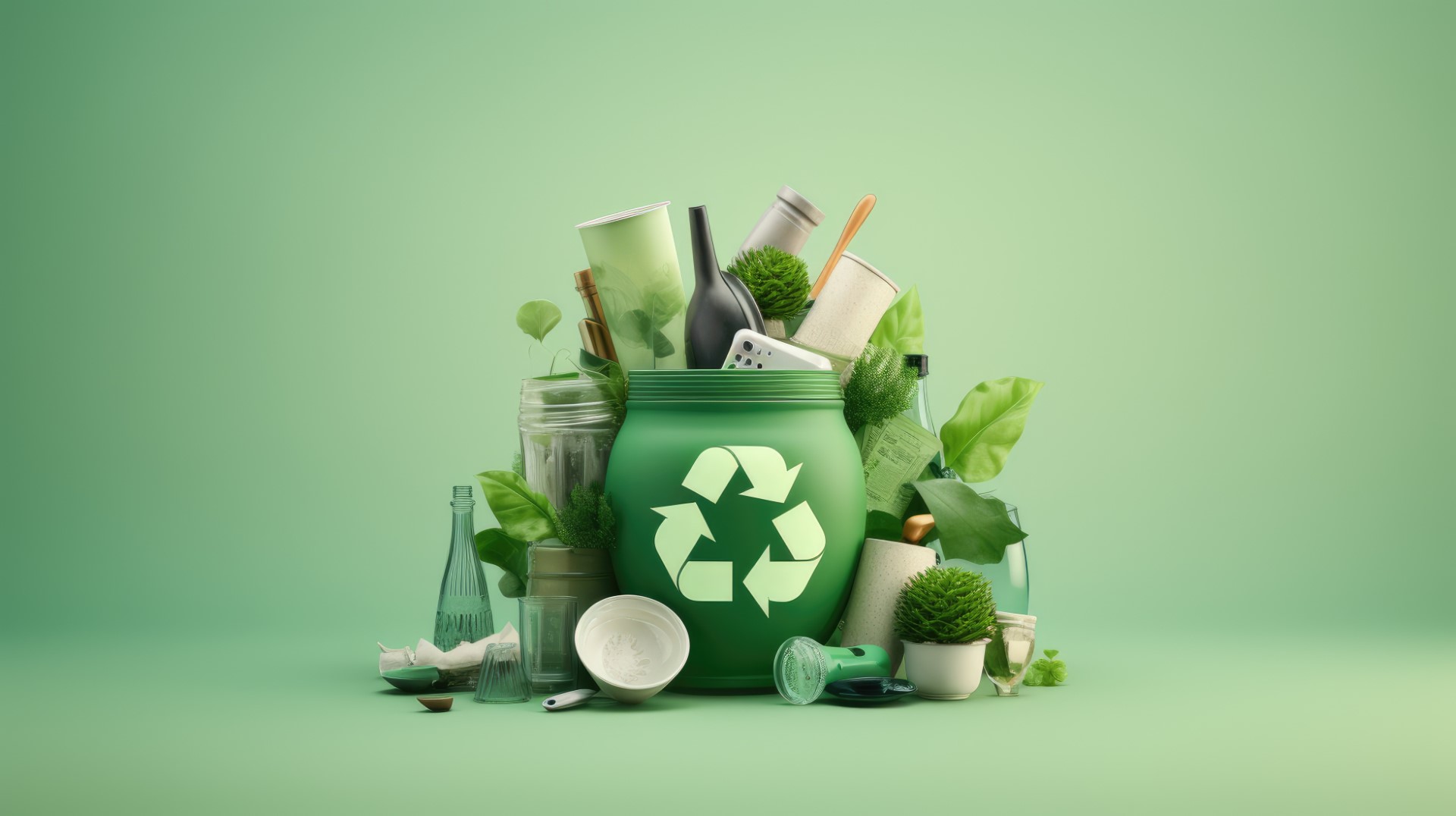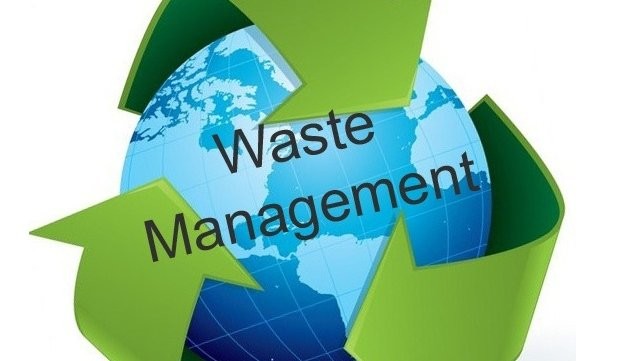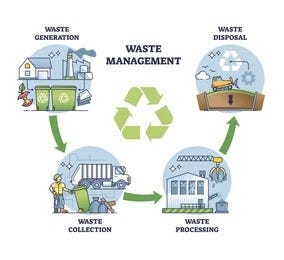Discovering Different Kinds Of Waste in Modern Waste Management Systems
The modern landscape of waste administration entails navigating a complex variety of waste kinds, each needing specialized handling and disposal techniques to minimize environmental impacts. Local solid waste, unsafe waste, electronic waste, and organic waste each existing unique difficulties and opportunities for source recuperation. Cutting-edge remedies such as smart waste bins and waste-to-energy technologies are emerging as crucial devices in improving efficiency and sustainability. Recognizing these waste types is essential for promoting public recognition and encouraging energetic engagement in lasting methods. What methods can successfully attend to these diverse sorts of waste while promoting a round economic climate?
Municipal Solid Waste
Community strong waste, commonly described as house trash or rubbish, incorporates a variety of discarded products generated by domestic, industrial, and institutional sources within a community. This waste stream normally consists of items such as packaging, food scraps, backyard trimmings, paper, plastics, fabrics, and discarded family products. The management of community solid waste is a critical component of metropolitan planning and public wellness, necessitating reliable collection, transportation, and disposal systems.
Effective waste management systems are designed to lessen environmental impact while making best use of source recovery. Composting organic waste, such as food scraps and backyard trimmings, not just lowers landfill usage however likewise creates beneficial soil modifications.
Towns have to likewise address the financial and logistical obstacles connected with waste management. Applying pay-as-you-throw systems, enhancing public awareness, and purchasing modern technology can significantly boost waste diversion prices. By integrating these practices, communities can cultivate sustainable communities, lower greenhouse gas discharges, and preserve all-natural resources.
Contaminated Materials

Reliable contaminated materials administration involves several vital actions: recognition, disposal, partition, and treatment. Identification involves the category of waste based on its hazardous residential properties. Segregation guarantees that hazardous materials are stored independently from non-hazardous waste to avoid cross-contamination. Treatment techniques, such as chemical neutralization, incineration, and stabilization, are used to lower the toxicity, quantity, or mobility of the waste. Lastly, disposal options, consisting of safe and secure land fills and below ground storage space, are selected to ensure long-term control.
Regulative frameworks, such as the Resource Preservation and Recuperation Act (RCRA) in the USA, give guidelines and criteria for contaminated materials administration. Adherence to these laws, coupled with developments in waste treatment innovations, is essential in alleviating the dangers associated with contaminated materials.
Electronic Waste
Digital waste, frequently referred to as e-waste, represents a swiftly expanding obstacle in waste management systems internationally. This sort of waste includes discarded digital tools and tools such as smartphones, computers, televisions, and various other digital devices. The rapid pace of technological advancement, paired with decreasing product life expectancies and customer demand for the most recent gadgets, has greatly boosted the quantity of e-waste generated annually.
E-waste is particularly bothersome because of its intricate composition, often consisting of hazardous materials like mercury, cadmium, and lead, which pose substantial environmental and like it wellness risks otherwise correctly managed. Alternatively, e-waste also has useful materials such as silver, gold, and copper, which can be recouped and recycled. The double nature of e-waste-- both dangerous and important-- requires customized handling, recycling, and disposal procedures.
Reliable e-waste administration includes rigorous regulative frameworks, robust collection systems, and advanced reusing modern technologies. Public awareness and engagement are important, as inappropriate disposal practices, such as unlawful disposing and informal recycling, worsen environmental contamination and health hazards. As a result, improving e-waste monitoring methods is vital for minimizing eco-friendly effect and recuperating beneficial sources in an increasingly digital world.

Organic Waste
Organic waste, comprising kitchen area scraps, lawn trimmings, and agricultural residues, stands for a considerable part of the international waste stream. This kind of waste is biodegradable, suggesting it can be broken down by microbes into easier natural compounds. Regardless of its capacity for all-natural disintegration, improper management of natural waste can result in adverse ecological influences, consisting of the emission of greenhouse gases such as methane, which contribute to climate modification.
Efficient management of natural waste is crucial for reducing these environmental effects (recycling lives services). Composting is a commonly adopted technique, changing organic waste into nutrient-rich garden compost that can improve dirt health and agricultural efficiency. Additionally, anaerobic food digestion is an emerging modern technology that transforms natural waste into biogas, a renewable energy source, and digestate, which can click here for info be used as plant food
Municipalities and waste monitoring entities must implement durable natural waste collection and treatment programs to make best use of the benefits of these procedures. Public education campaigns can also play a pivotal duty in motivating homes and organizations to separate organic waste from other kinds of waste. By prioritizing the monitoring of natural waste, cultures can minimize land fill usage, lower greenhouse gas exhausts, and develop valuable byproducts for farming usage.

Innovative Waste Administration
In the realm of waste management, ingenious techniques are transforming exactly how societies manage their refuse, going for sustainability and performance. These improvements include a variety of technologies and practices that boost reusing prices, decrease landfill reliance, and lower environmental effect. One famous innovation is the execution of clever waste bins equipped with sensors that keep track of fill degrees and maximize collection routes. This not just decreases gas consumption but also lessens greenhouse gas emissions.
An additional notable development is the fostering of waste-to-energy (WtE) technologies. By converting non-recyclable waste into functional power with processes such as incineration and anaerobic food digestion, WtE lowers landfill concern and provides a renewable power source. Moreover, developments in chemical reusing enable the failure of complex plastics into their original monomers, allowing the creation of new, top quality plastic items.
Furthermore, the circular economic climate version is acquiring grip, emphasizing the layout of items and systems that prioritize reusability and resource efficiency. This alternative approach encourages markets to minimize waste generation from the start. With these ingenious methods, modern waste management systems are not only resolving the instant difficulties of garbage disposal but also leading the means for a much more lasting future.
Final Thought
A comprehensive understanding of metropolitan solid waste, contaminated materials, electronic waste, and natural waste, coupled with the application of cutting-edge waste monitoring services, is crucial for minimizing ecological impacts. Incorporating technologies such as wise waste containers and waste-to-energy systems can improve performance and sustainability. Efficient waste monitoring methods not only foster source recovery yet additionally promote public understanding and participation, inevitably contributing to the development of a round economy.
The contemporary landscape of waste management includes browsing an intricate variety of waste types, each requiring specialized handling and disposal techniques to alleviate environmental effects. Metropolitan solid waste, hazardous waste, digital waste, and natural waste each present unique challenges and opportunities for resource healing.Digital waste, try this site commonly referred to as e-waste, represents a quickly expanding difficulty in waste monitoring systems worldwide. With these ingenious methods, modern-day waste management systems are not just addressing the prompt obstacles of waste disposal but also paving the way for an extra sustainable future.
A comprehensive understanding of local solid waste, dangerous waste, digital waste, and organic waste, paired with the implementation of cutting-edge waste management solutions, is critical for minimizing ecological influences. (recycling lives services)